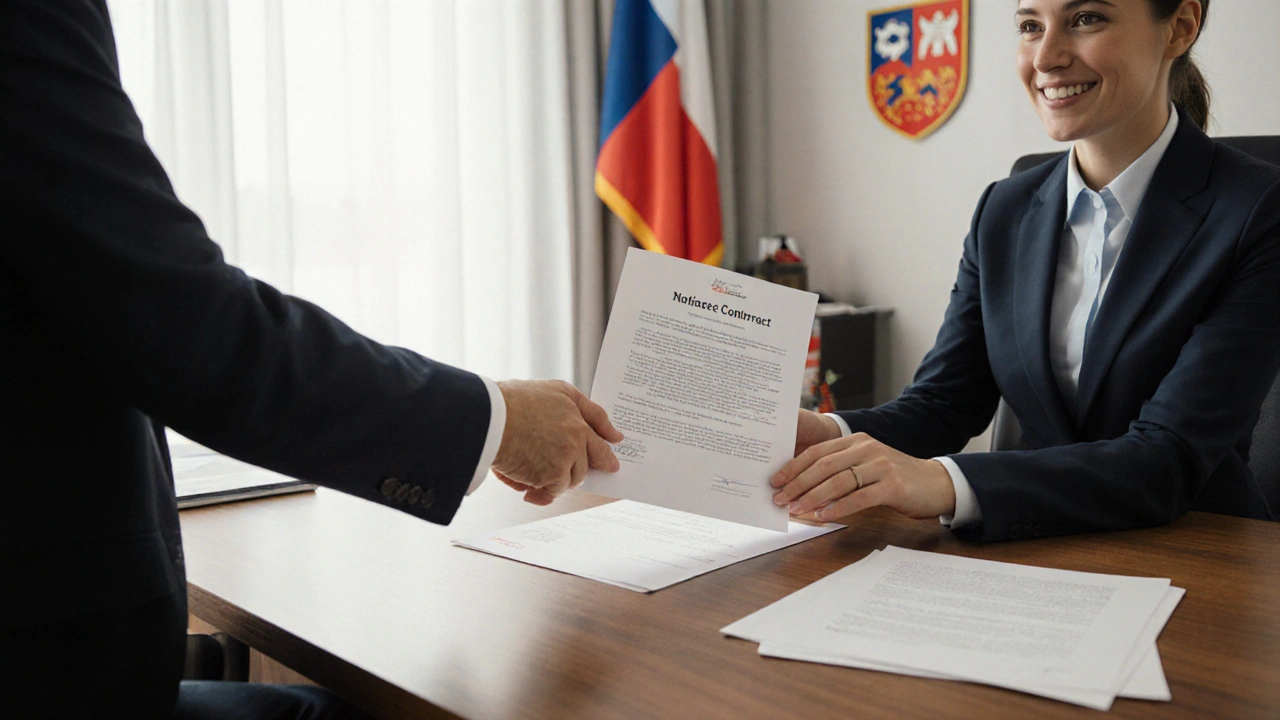Katastr nemovitostí: co je, proč je důležitý a jak ho použít při koupi domu
When you buy a property in the Czech Republic, katastr nemovitostí, digitální databáze všech pozemků a budov v ČR, kterou vede Český úřad zeměměřický a katastrální. Also known as katastrální výpis, it is the single most reliable source of truth about any piece of land or building — not the realtor, not the seller, not even the contract. If you skip checking it, you’re buying blind. And in a market where hidden defects, encumbrances, or wrong boundaries can cost you tens of thousands, that’s not a risk worth taking.
What’s actually in the katastr? It tells you who legally owns the property, what exactly is on it — house, garage, shed, pond — and how big each part is. It shows easements, like rights of way for neighbors or utility lines running under your yard. It even lists whether the land is in a flood zone or protected area. These aren’t just technical details — they’re deal-breakers. One client bought a house because it looked perfect, only to find out later that a public path cut right through his garden. The path was in the katastr. He never checked.
The územní plán, právní dokument, který říká, co lze na pozemku stavět nebo měnit ties directly into the katastr. If the plan says the land is for agriculture, you can’t build a house there — even if the current owner says you can. And if you’re thinking of extending your home, the katastr will show you the exact boundaries. Go over them without checking, and you’ll get a fine — or worse, be forced to tear down your extension.
Don’t confuse the katastr with the property deed. The deed is what you get after the sale. The katastr is what you check before you sign anything. It’s the first thing your lawyer should pull. It’s the first thing you should ask for when you see a listing. And if the seller refuses to show it? Run. It’s not just bureaucracy — it’s your protection.
Some sellers hide things. A shared well. A neighbor’s fence on your land. A building permit that expired. All of it shows up in the katastr. And when you find a discrepancy — say, the house is listed as 80 m² but looks like 120 m² — that’s your leverage. You can ask for a price drop, or walk away. That’s why professional home inspectors always start with the katastr. They know: if the paper doesn’t match the walls, something’s wrong.
And if you’re buying land to build? The katastr tells you if the land has access to water, sewage, and electricity. No access? You’ll pay tens of thousands to bring it in. The skryté vady nemovitosti, problémy, které nejsou vidět při prohlídce, ale mohou stát tisíce korun often start with a mismatch in the katastr. A missing foundation line. An unregistered extension. A plot that’s legally two separate pieces. These aren’t repair jobs — they’re legal nightmares.
You don’t need to be a lawyer to read it. The katastr is online, free, and simple. Just go to https://www.cuzk.cz, search by address or parcel number, and download the official extract. Look for the parcel number, area, ownership, and any notes. If you see "věcné břemeno" or "přípustné využití", ask someone to explain it. Don’t guess.
Below, you’ll find real cases from people who found hidden problems — and how they used the katastr to fix them. From a couple who saved 300,000 Kč by spotting a wrong boundary, to a homeowner who avoided a lawsuit by proving the garage wasn’t part of the sale. These aren’t stories. They’re lessons. And they all start with one document: the katastr nemovitostí.
Jak doložit nabývací tituly při prodeji nemovitosti v ČR
Publikováno v lis 9, 2025 od Sára Potůčková
Nabývací titul je klíčový dokument při prodeji nemovitosti v ČR. Bez něj nejde prodej dokončit. Zjistěte, jak ho najít, co obsahovat a jak se vyhnout běžným chybám, které zpožďují prodej o týdny.
